Leaderboard
Popular Content
Showing content with the highest reputation on 10/31/2025 in all areas
-
8 points
-
6 points
-
This caught my eye: My largest Chamaedorea liebmanii is maturing. I just checked and I received the seed for this 4 years ago. I remember these being quite slow to germinate so I’m guessing this is about 3.5 years from seed. Another gender reveal on the way. I’m hoping my other 2 I’ve just planted next to it aren’t too far away from catching up and I can have a seeding group.5 points
-
I moved 6 A myolensis from my old property over 6 years ago. Sizes ranged from a little larger than yours to nearly trunking size. I had 100% success. Much easier than A cunninghamiana which doesn’t have much tolerance for disturbance. Now all are going really well and only the largest at the time had a set back but that was due to underwatering while in the pot after transplant waiting for its new home. It’s now the smallest of the 6. The one pictured was the second largest at the time and is now the largest.5 points
-
As mine continues to grow, I have to say this is the closest match I see in the thread to what mine appears to be developing in traits. Not speedy, but you can see that this palm I acquired as Dypsis "Honkona" (which I assume would now translate to Chrysalidocarpus "Honkonus" - using the same female to male conversion as pembana - pembanus when it moved from Dypsis to Chrysalidocarpus. Leaves are getting much longer with each successive new leaf still. The adjacent fence is 6 1/2' tall for reference, so I feel safe saying the new leaf is about 8' tall overall and is still emerging.5 points
-
Back in the late 90's I remember seed and plants of Caryota sp. "Elvis" in the trade in Florida. If I remember right seed was collected by someone named Elvis of a mystery Caryota in southern Thailand (?). I had gotten 2 plants and added them to the collection at Leu Gardens (1996, 2000). Both grew more slowly than C. mitis and were more cold sensitive. They also had thinner trunks and clumped sparsely with just 1-2 main trunks and 6-8 offshoots and the leaves have narrow leaflets. The first one reached about 6-7ft tall and flowered but never set fruit and the whole clump died when it was done. The 2nd palm did set some fertile seed but lost the palm in the 2017 hurricane from a falling tree. I have 4 planted out from these seeds. Here is one growing well. The main trunk is about 7ft tall and has just several small offshoots at the base. Any new info on this mystery palm? Currently 3 clustering Caryota are known; mitis, monostachya and sympetala.4 points
-
4 points
-
There's a couple of points that I'd consider. Firstly, if they're volunteers then you probably don't want them to stay where they are, so there's nothing to lose. And secondly is you're reasonably careful, the law of averages will probably allow for some survivors. I've dug out more palms than I care to remember, including species that are allegedly difficult to transplant, like Parajubaeas (2 dead out of 20 dug), and Rhopalostylis, which had a slightly higher mortality rate, probably 20%. I'd go for it, but expect a few losses. Good luck!4 points
-
3 points
-
The much loved foxtail palm, more popular than an air conditioner in 40 degree Celsius heat. And they will take those temperatures well, along with quite cold weather not a snow blinding frost but down to 0 degrees Celsius. Dry tolerant and tough as nails. The only fault they have is seeds and more seeds by the wheelbarrow full, to the point they become a weed. But well worth growing, one Australian palm that has made it big abroad!3 points
-
3 points
-
Back in the big smoke again, and well you guessed it head gor the botanical gardens, and why not I just don’t do city’s well and I find the gardens are just the space I need. An incredible palm collection they for a few reasons a temperate zone it’s in the middle of the city and thanks to Colin Wilson the collection of palms is incredible. Definitely worth a visit if you’re in the city of Sydney.3 points
-
There has been a recent review of Caryota, Arenga and Wallichia (now lumped into Arenga) published so hopefully Elvis has been studied. Looks like you need to pay to view though (phytotaxa).3 points
-
Get a few Geonoma or Pinanga seeds as well for that grow room you have.3 points
-
There are quite a few healthy ones , but there have been about as many failures . My friend , a few blocks away down the hill , planted two in his front yard years ago . One died and the other is beautiful with an abundance of viable seeds. Harry3 points
-
3 points
-
I have these Chamaedoreas, C. plumosa and C. pochutlensis that seem to be struggling. Chamaedorea plumosa have a light green color and Chamaedorea pochutlensis seem to be struggling to open new leaves. What could I give to them? The soil is well draining so that could not be the problem and they only recieve morning sun for about 40 minutes. @happypalms any recommendations?2 points
-
2 points
-
If they only get 40 minutes of sun in the morning, it's too little.2 points
-
I haven’t had first hand experience just yet, but yes. All reports are that they stay true to type.2 points
-
Jonathan, that is a good question. It gets rainwater as well as the rainwater runoff coming down from the back side of the building's paved area behind it. Perhaps the pair of Washingtonia robustas have deep roots and tap into pooled runoff behind that retaining wall. Average rainfall at that location, about 5 miles north of the border with Baja California, is just under 10" per year. While these palms are not native to this side of the border, they clearly have established themselves and can survive with no human assistance. The climate where it is growing at the edge of the South San Diego Bay and the Otay River is very mild except for the lack of rainfall.2 points
-
2 points
-
2 points
-
2 points
-
Definitely a unique Caryota , that one . Unlike C. Mitis in that the whole palm dies when flowers are done . The other interesting feature is the sparse clump , mine ( Mitis )get very dense clumps that just keep regenerating after cutting the flowering trunks. Some of the stems in my Mitis reach heights of about 8’ before flowering but they are surrounded by other stems , forming a great privacy hedge. I have never heard of other species of clumping Caryota. Harry2 points
-
I think it's Lethal Bronzing and suggest removal at the earliest possible opportunity.2 points
-
Richard, in that case, all palm species are good for both types of families, right? Well, thank you very much for your advice. We will see which ones are available.2 points
-
They are slower than a wet week, you did well to get one to germinate in 4 months.2 points
-
2 points
-
2 points
-
It works you can mix as much as you want or as little as you want. High strength or low strength, you just set the dial or use straight concentrate and then set dial or dilute it.2 points
-
2 points
-
2 points
-
It’s Geonoma stricta subsp melbournensis. The melbournensis subsp is known for its striking brown colour 🤣2 points
-
I got a great deal on two , almost trunking A. Cunninghamiana that were field grown . I knew what I was getting into but decided to “roll the dice” . It took almost a year before they started coming around . I had always believed King palms to be not transplantable . I have successfully moved many other palms . I think it is possible with great care and patience . It sounds like the other varieties of Archontophoenix aren’t quite as sensitive . Some palms can almost be ripped out of the ground and moved with very little set back. Years ago , I was setting pavers for a pathway down the side of my house and had a new French drain dug and installed. I wasn’t too worried about all the roots that had to be removed from my mature canopy palms ….except for the pair of king palms that were right next to where the digging was . We had to get a circular saw to cut the roots and I was sure the Kings were goners . They never even lost a frond! Harry2 points
-
By the way, it has been renamed Wodhyethia bifurcata out of respect for the elder Wodhyethi it was named after.2 points
-
Marginal in Melbourne. I know of a couple that have survived for 20+ years but they look terrible. Seen some in Sydney that look as good as any further north. Can’t recall seeing them in Adelaide but I suspect they would do ok in some areas. These should be fairly easy for So Cal as long as you’re not in a frost sink. Pretty sure I’ve seen some on this forum flowering.2 points
-
There is a an undocumented population of Braheas located just 40 miles south of Douglas, Arizona near the town of Esqueda, Sonora. These palms seem to be a variation of the Brahea Calcarea but with a taller trunk and fuller crown. I would also like to mention that these specimens of Brahea are very likely to be more hardy than Brahea Armata considering they are growing in elevations of 4000 or more where winters are extremely more cold than that of the Brahea Armata range. They palms are located in a ranch named Rancho Los Baños - Tierra Chamahua EcoAdventures which appears to have recently closed and has virtually no public access. There are dozens of pictures of the palms in the TripAdvisor page of the ranch online. I thought yall would enjoy knowing of these groves as they might have the potential of being the MOST hardy Brahea of all the genus. Getting seeds from these plants would be amazing but the location is very remote and a known area of high cartel activity.2 points
-
Beautiful Braheas. I've already germinated several Braheas and Super Silver. Spanish music. They say the first flamenco score found was Sephardic Jewish music. It's very interesting that Spain inherited that music from the Jews. A Spanish musician revealed this. He thought flamenco was Arabic or from the Gypsies, but upon discovering the score, he realized it was Jewish. That's where those oriental melodies that Spain and the Spanish Gypsy people inherited originated.2 points
-
They don't live in Melbourne, just not enough heat there. Don't know about Sydney or Adelaide. Unless there are a lot of them growing where you live, I would guess that they are a no grow for your climate.2 points
-
2 points
-
In addition to the sulfur, which I learned takes 6 months or more to have an effect, I water regularly (once a month) during the growth season with a liquid solution of fertilome soil acidifier plus iron. I also include in that solution a chelated palm nutritional made by Southern AG as well as a liquid palm tree fertilizer. 2 gallons of solution for each tree, preferably just prior to the drip cycle. This fall I am going to include a yucca based surfactant, but will probably hold off on any more granular fertilizer until the spring other than manganese of course. The goal of all this is to help release the nutrients from the soil so the roots can absorb them. I tried to have a soil test done, but the arborist mentioned some accident at the lab that does the tests and I haven’t heard back from him. I just use one of those cheap soil moisture/ph probes. If the needle hovers no higher than 7 I’ll take that, though I'm hoping to get it down a bit lower. When I first started the needle would register above 7 albeit only slightly. As you can see in my updated picture, I removed another of the queen palms due to a split trunk and replanted with a young mule palm that I had been growing from a seedling. So now I’m down to 3 queens left to pamper. They actually perked up quite a bit after our recent monsoon rains which flooded their roots for a couple of days. So something to be said for doing an occasional very deep watering.2 points
-
OK I will dig next spring and root prune it a little at a time. Sounds like good advice. I have planted a bunch but at transplanting I am not experienced. Thanks every one.2 points
-
Pictures of any palm I have right now would meet the criteria due to our recent extreme dry spell. Lost a few, several others on the edge, nearly lost my K elegans.2 points
-
Definitely life in the fast lane, so fast the one on the left didn’t make it!2 points
-
2 points
-
JD, great to know you are coming. The sale is absolutely open to the public, and the admission fee is not charged by SFPS, but it is the normal general admission charged by Fairchild Garden. So, on any given day, you pay for the opportunity to enjoy the garden itself, including the butterfly exhibit, the rainforest, the conservatory (my personal favorite), the Victoria lily pond, the vine pergola, and the cafe where you can watch butterflies as you have lunch. So, you can consider the SFPS palm and cycad sale as the main event or an added attraction. We will have palm tours also, each day at 11:00 and 2:00 pm. I hope to complete posting of all species lists by November 1.2 points
-
They do excellent for me, here in Southern Cal... Like Richard said, almost a weed... I get hundreds of pounds of seed every year... These are the two full size ones I have left (Had to remove the largest in the back yard because of it growing in to the power lines), not counting all of the volunteers... Butch1 point
-
thanks for the info @Tim! I was unaware of sensitivity differences in transplanting of the different archontophoenix.1 point
-
Drainage is the code, amend with gravel and sand that may see you have success with them. If that fails buy a lottery ticket and win big time and move to Australia and grow 200 of them! Richard1 point







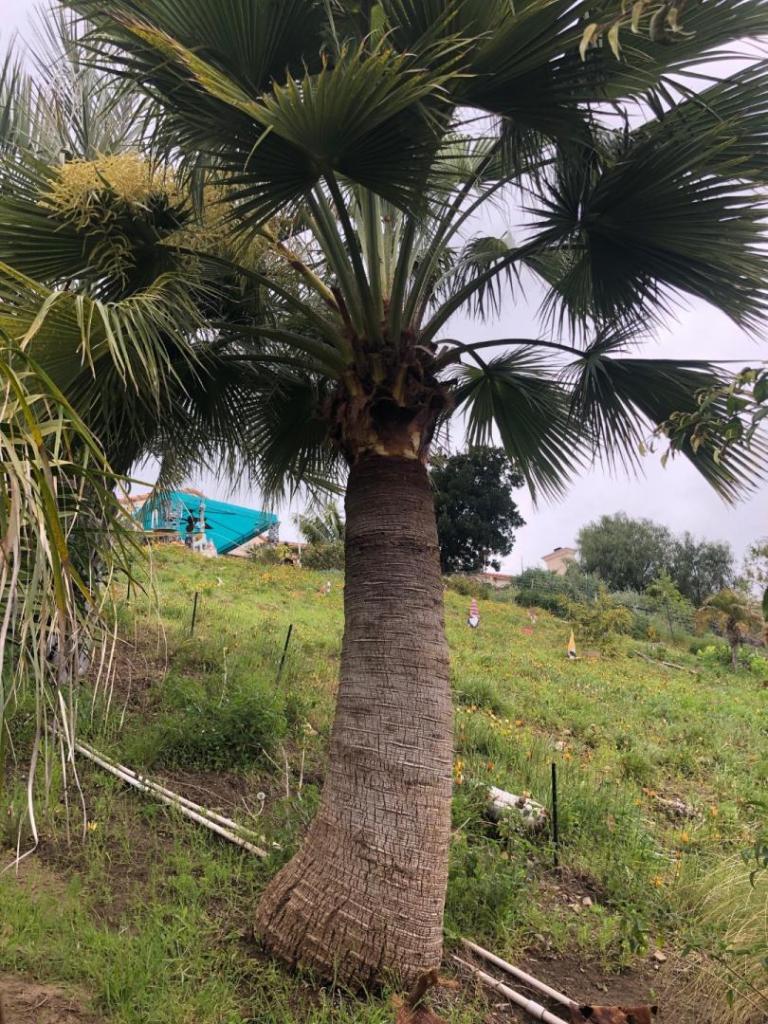




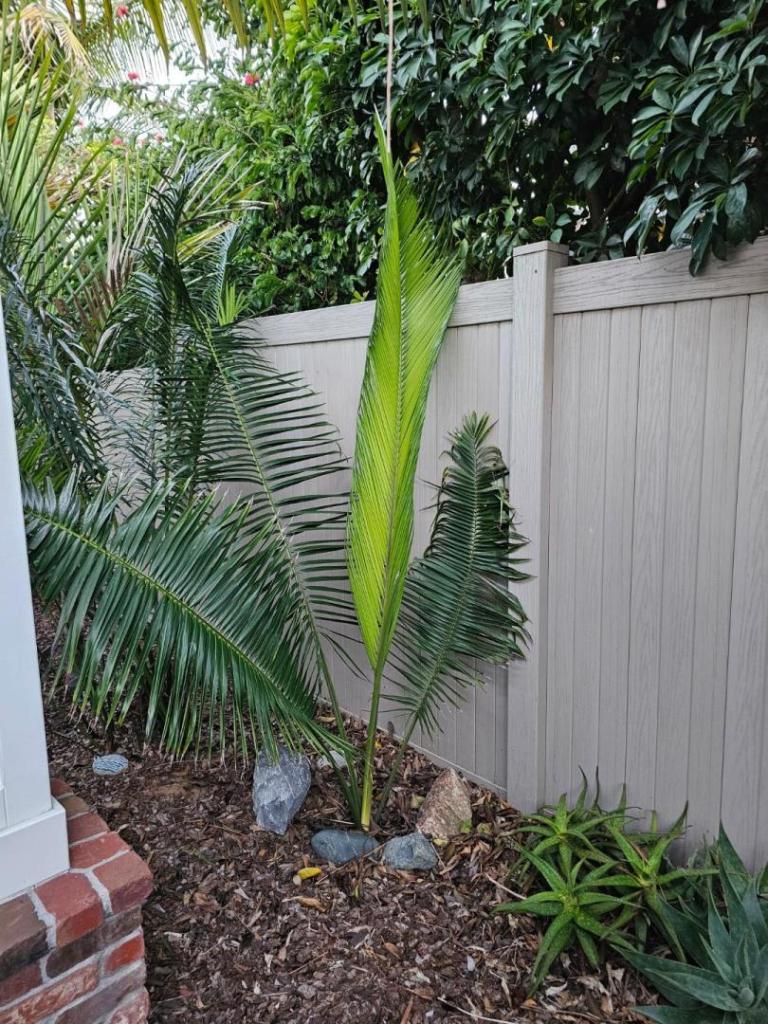



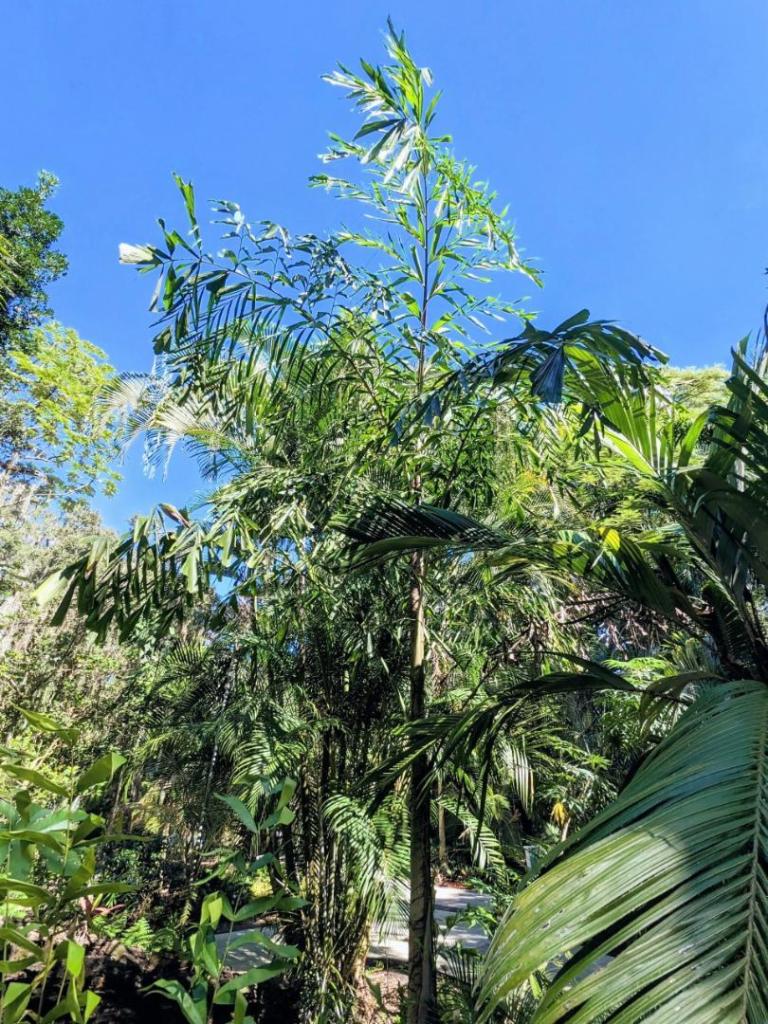







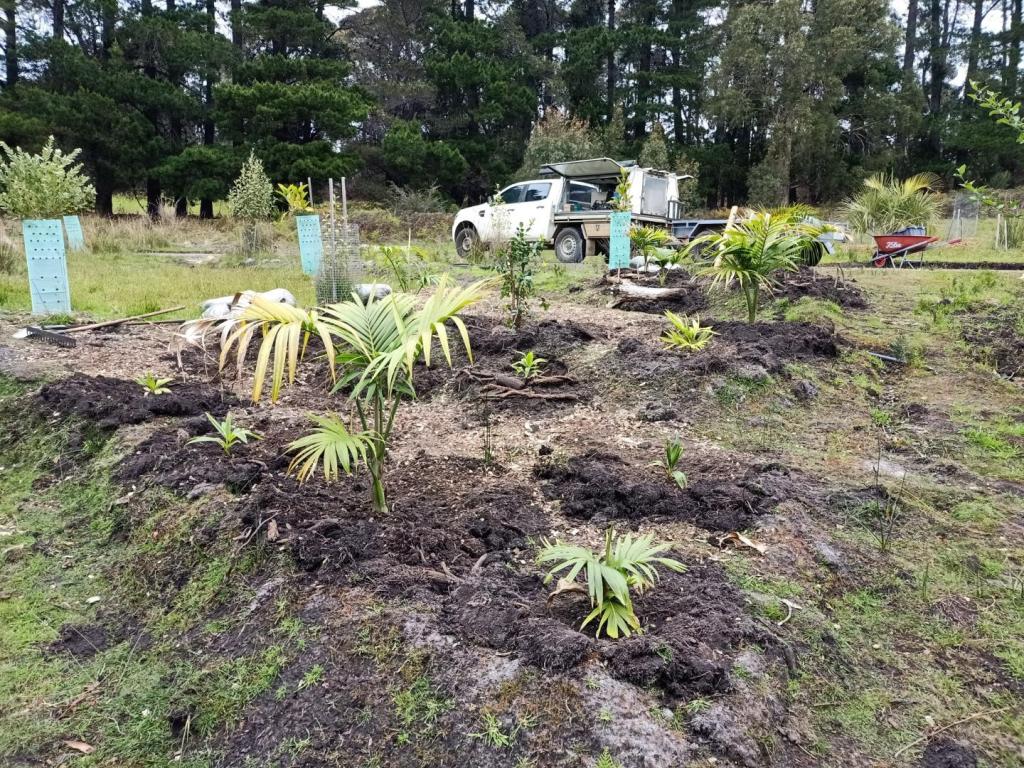
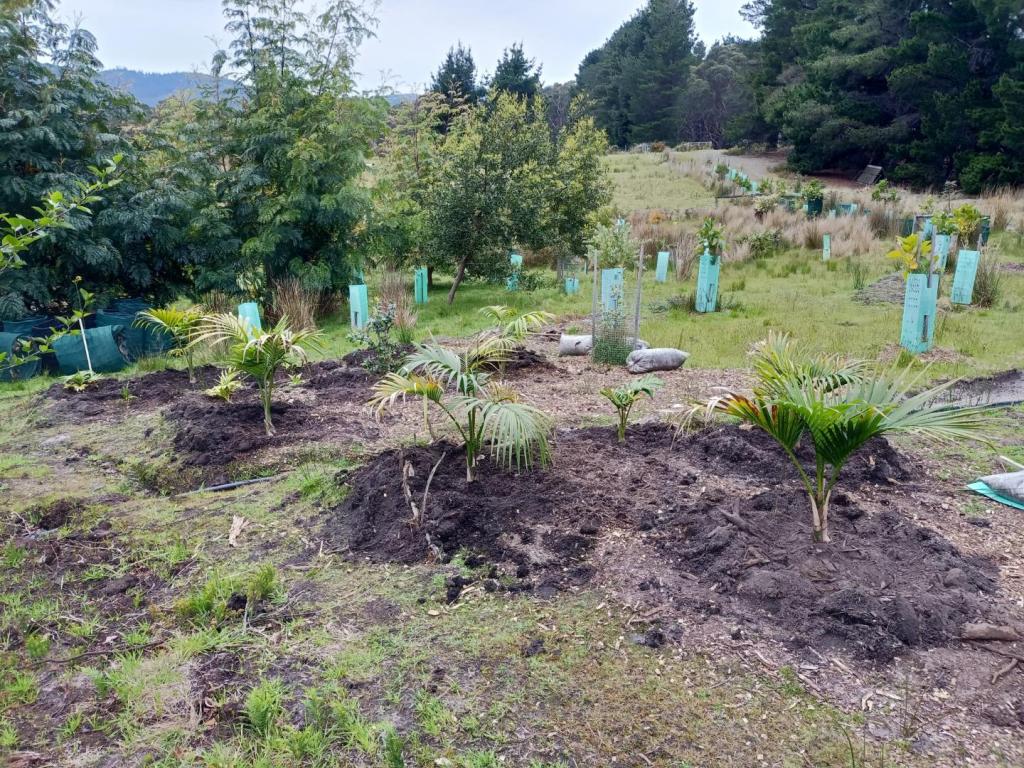
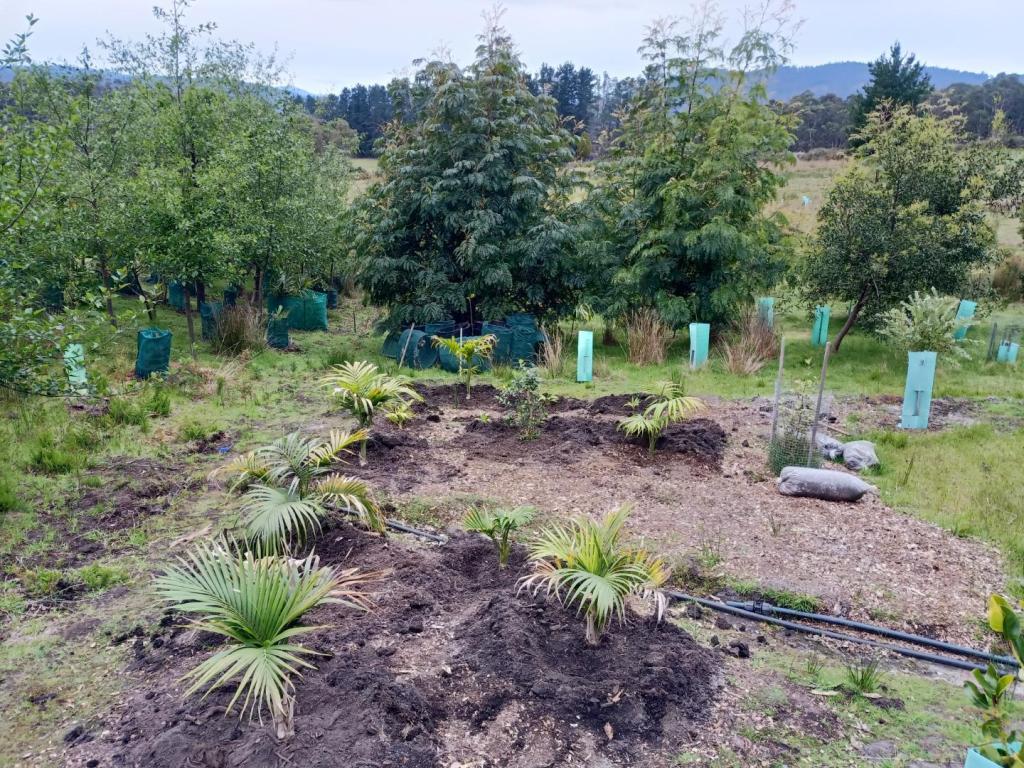
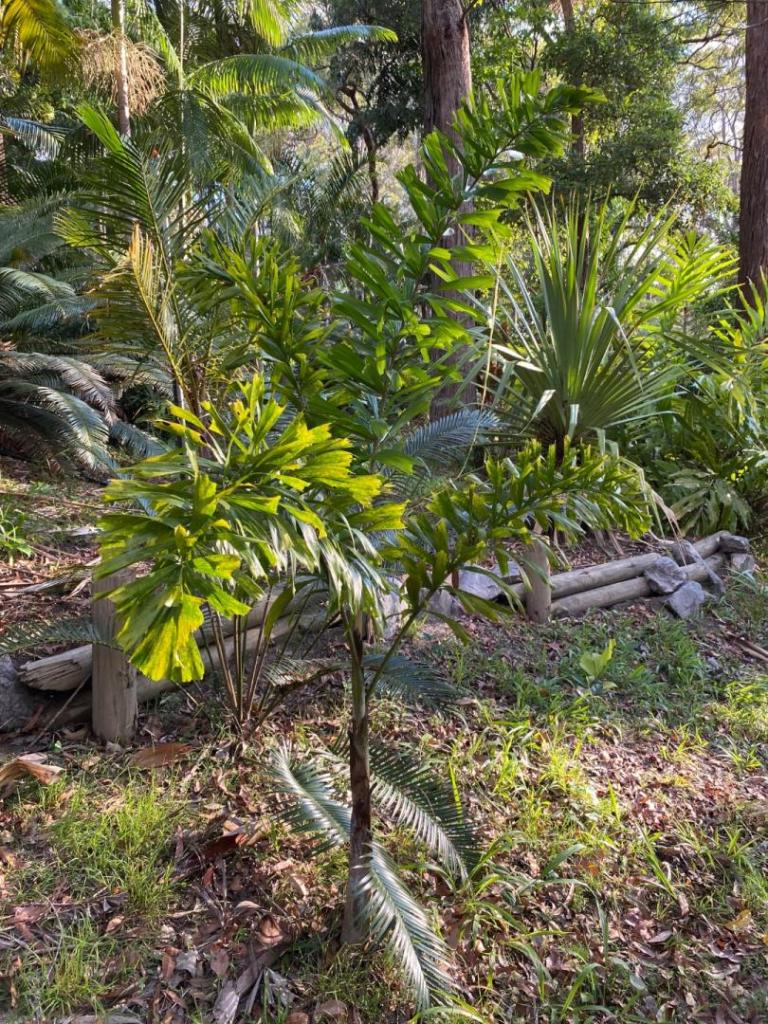

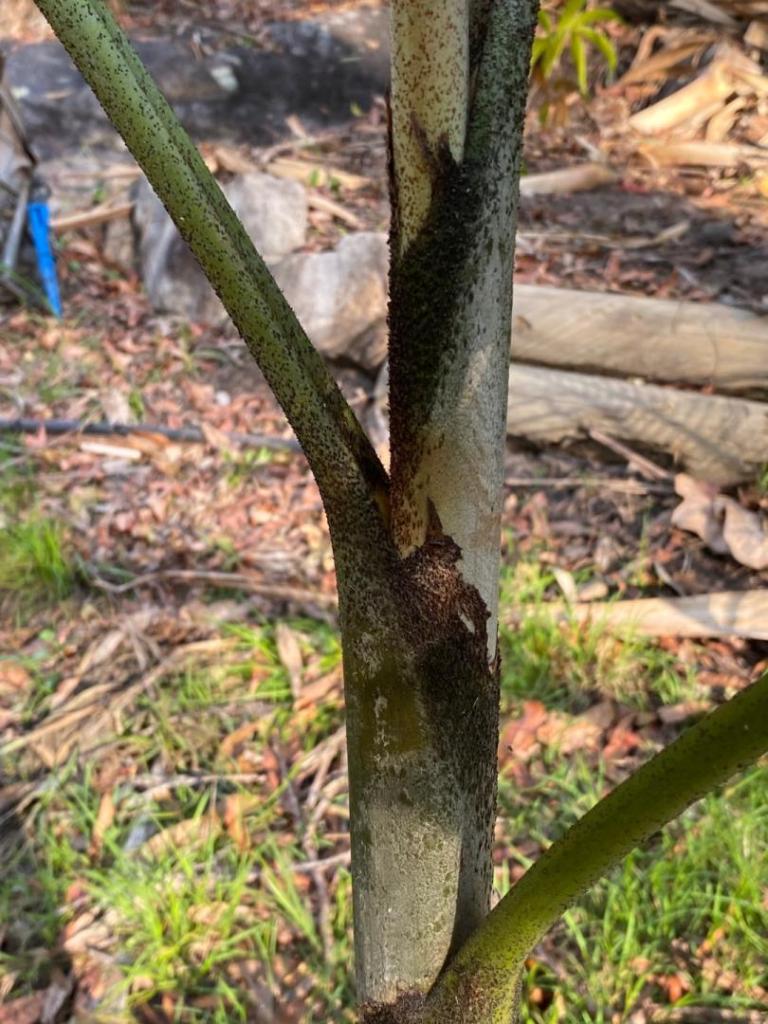
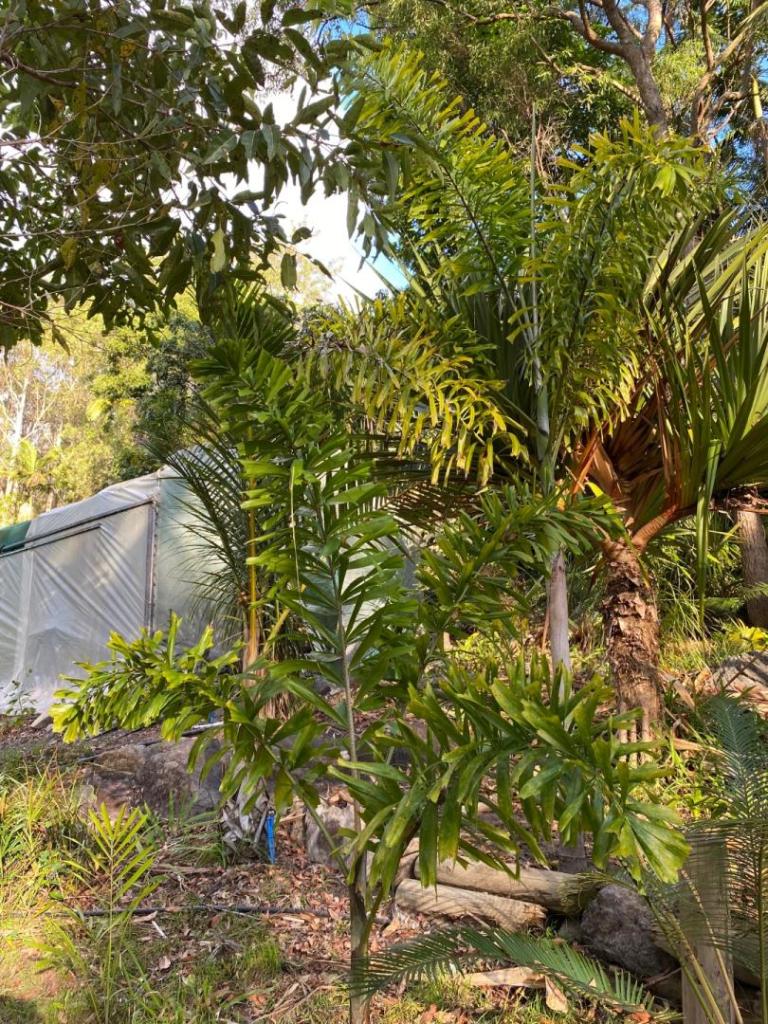




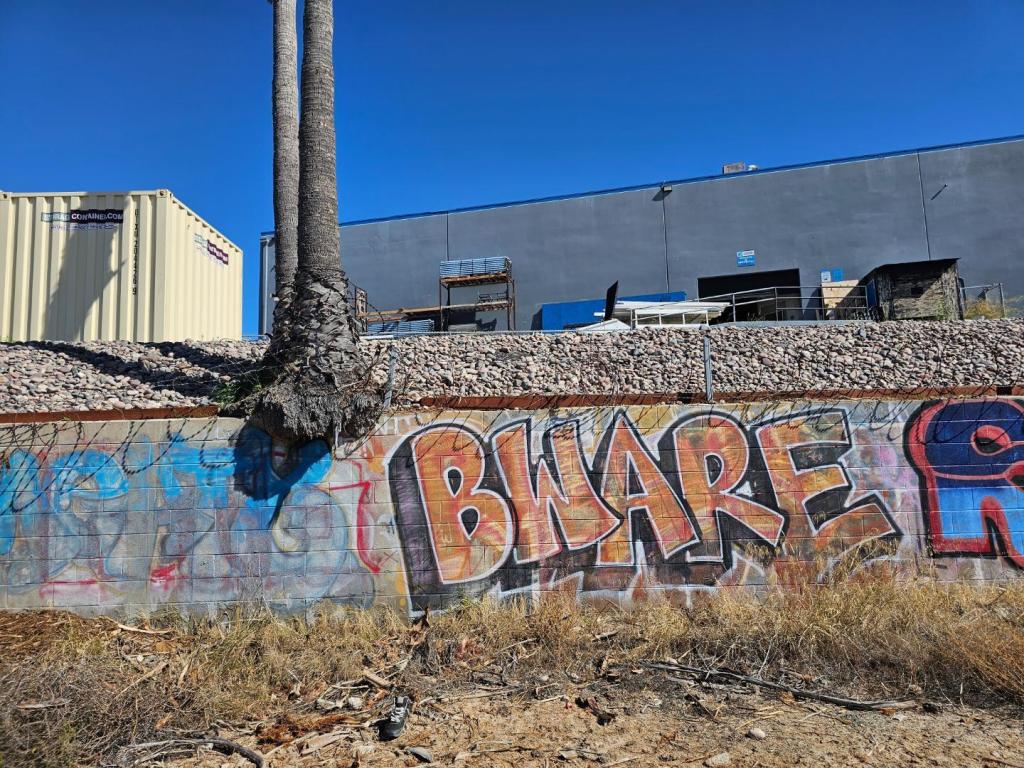
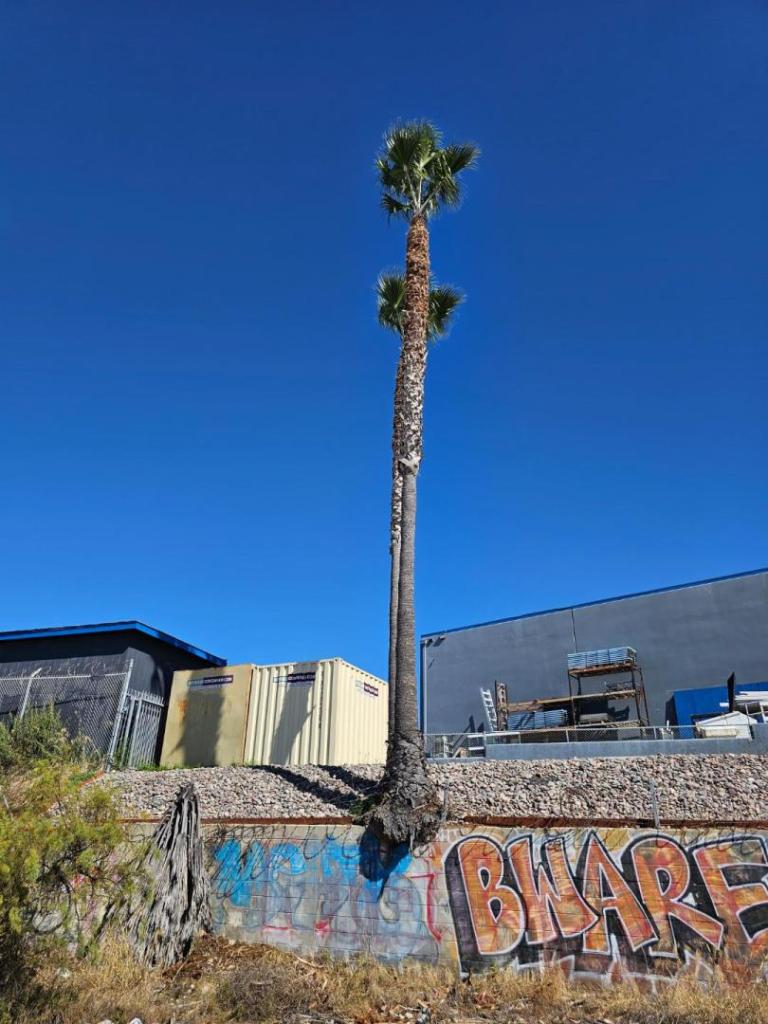


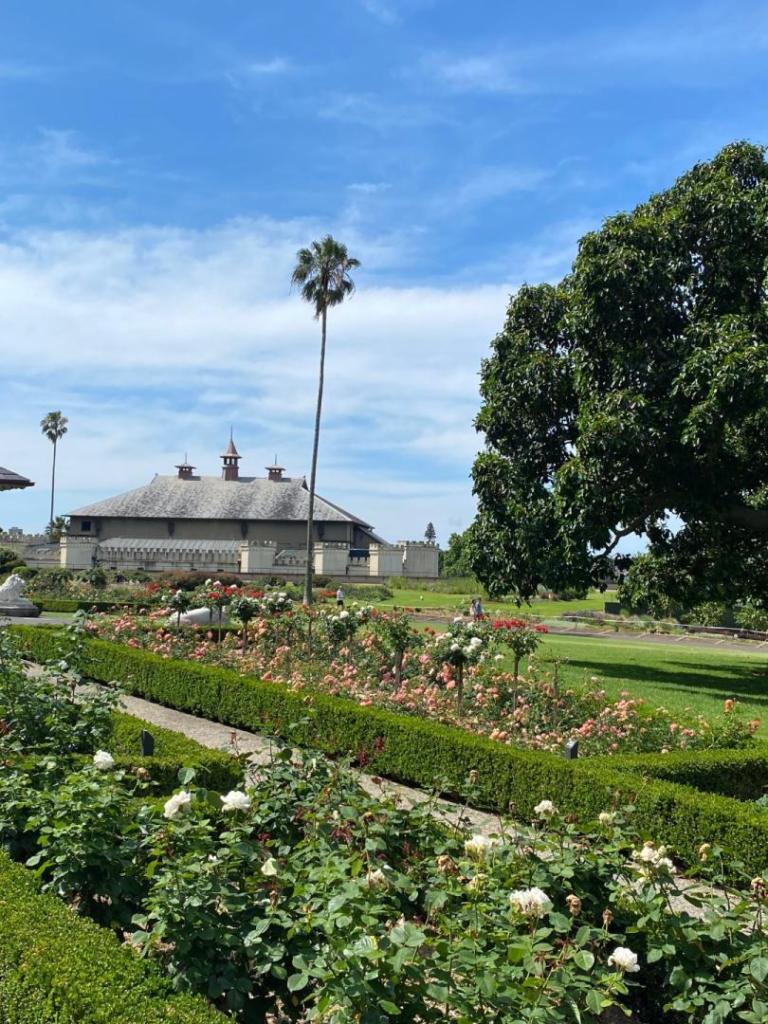






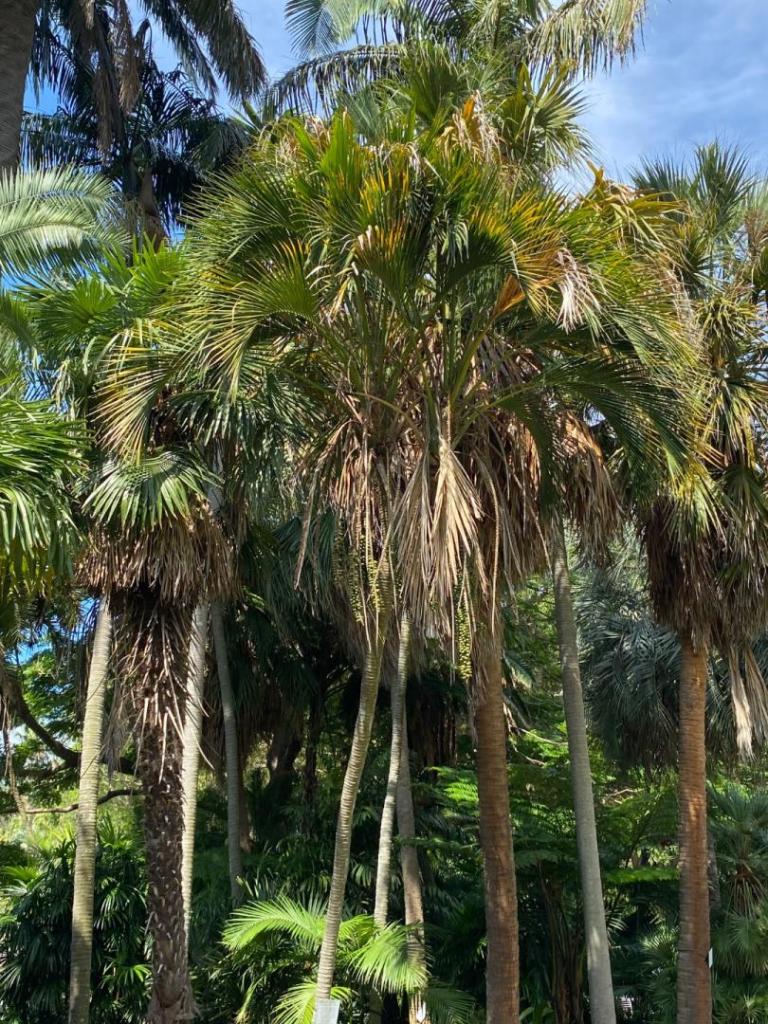

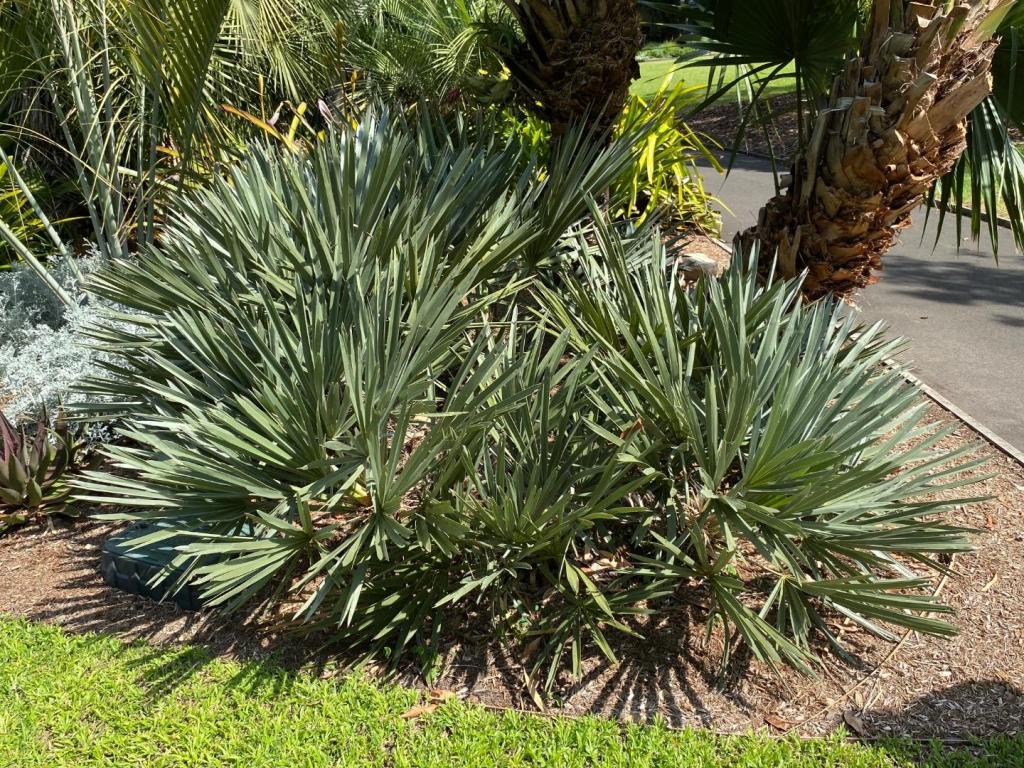

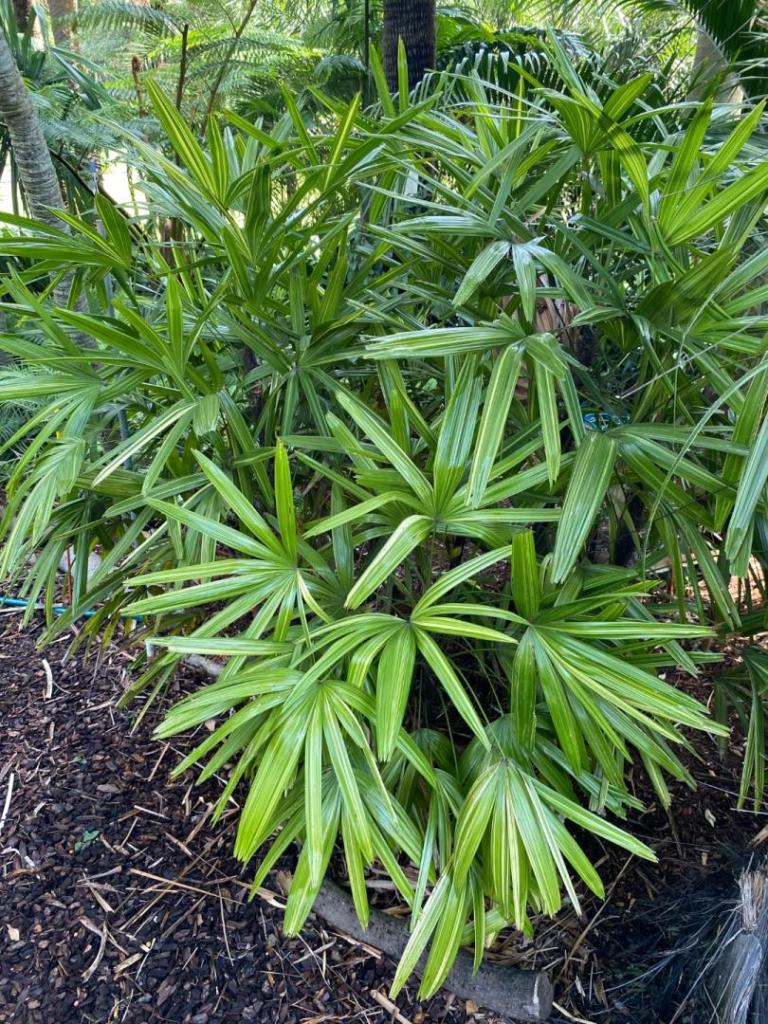


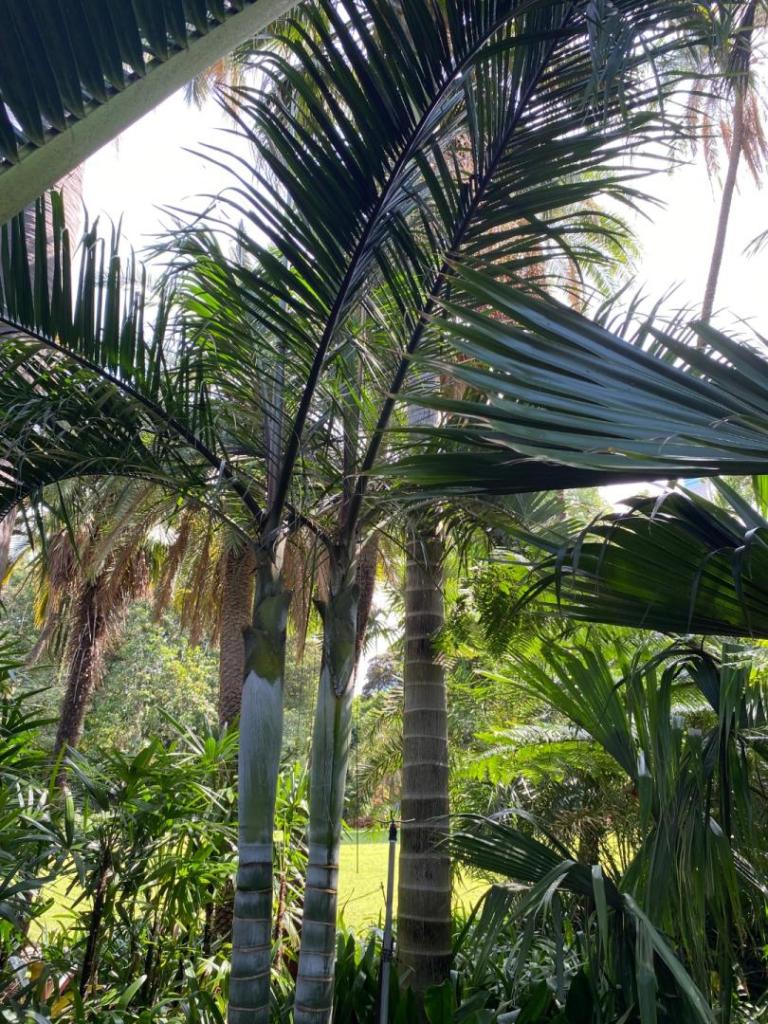

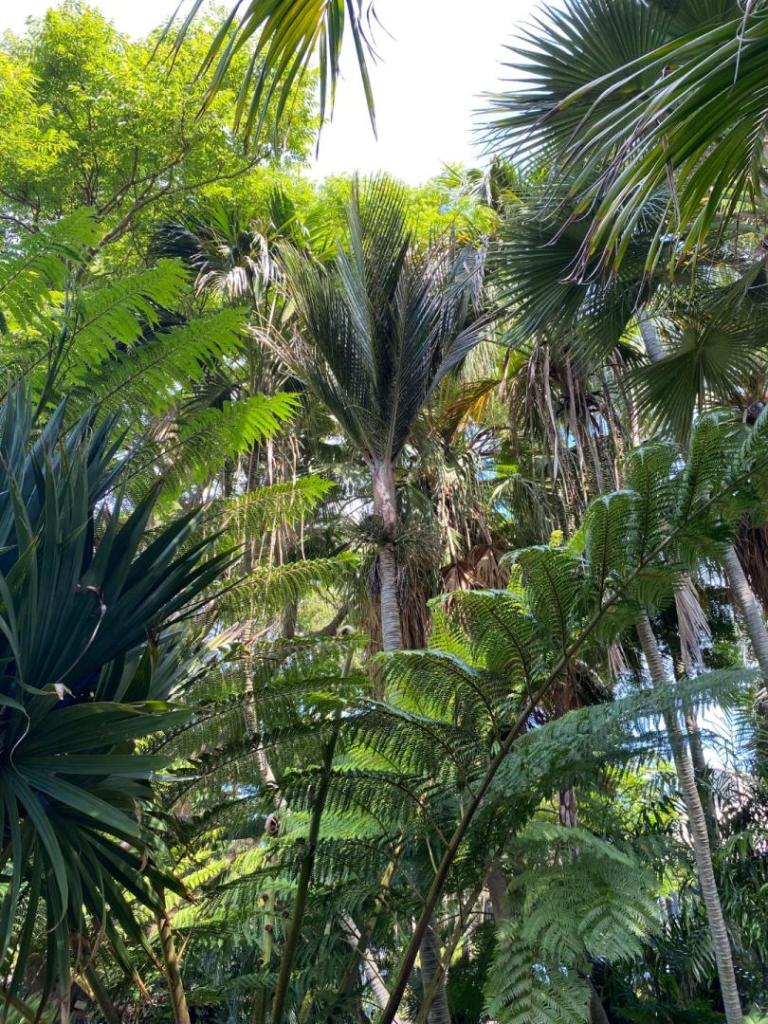










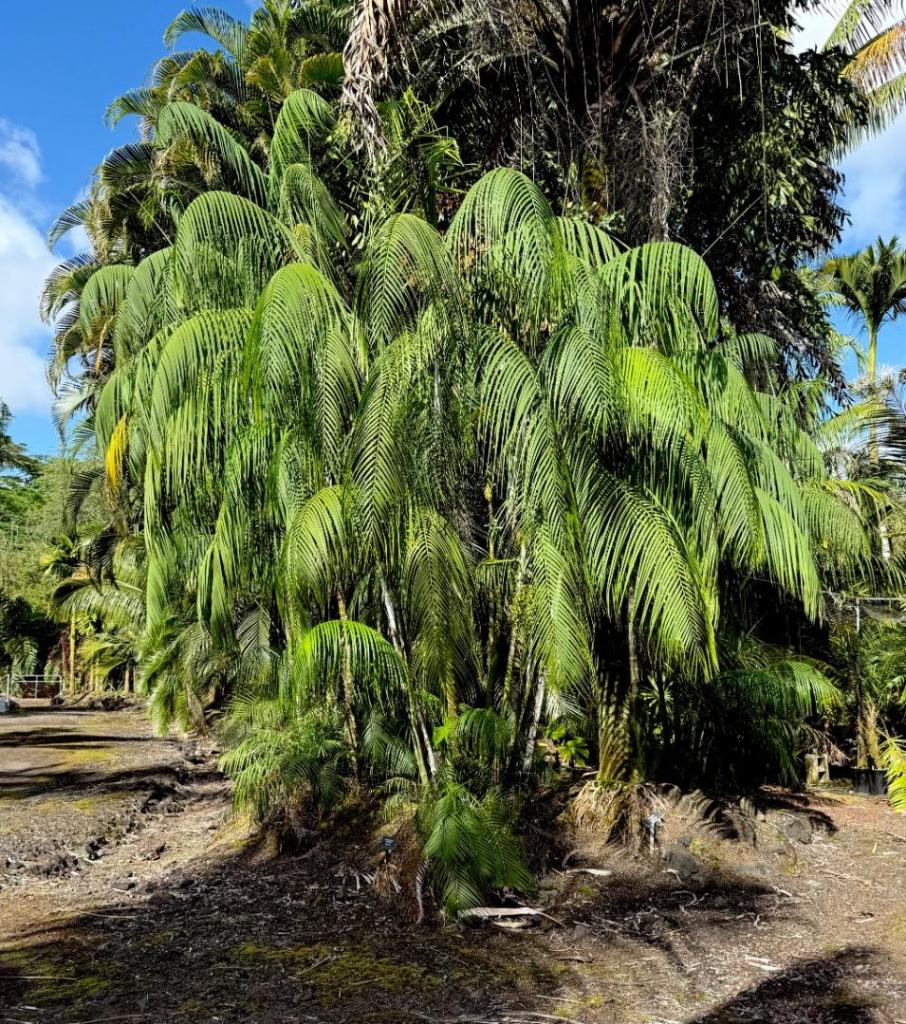
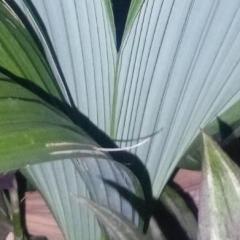
.thumb.jpg.52dfe49fb0d081c9bb24ecb30db40211.jpg)




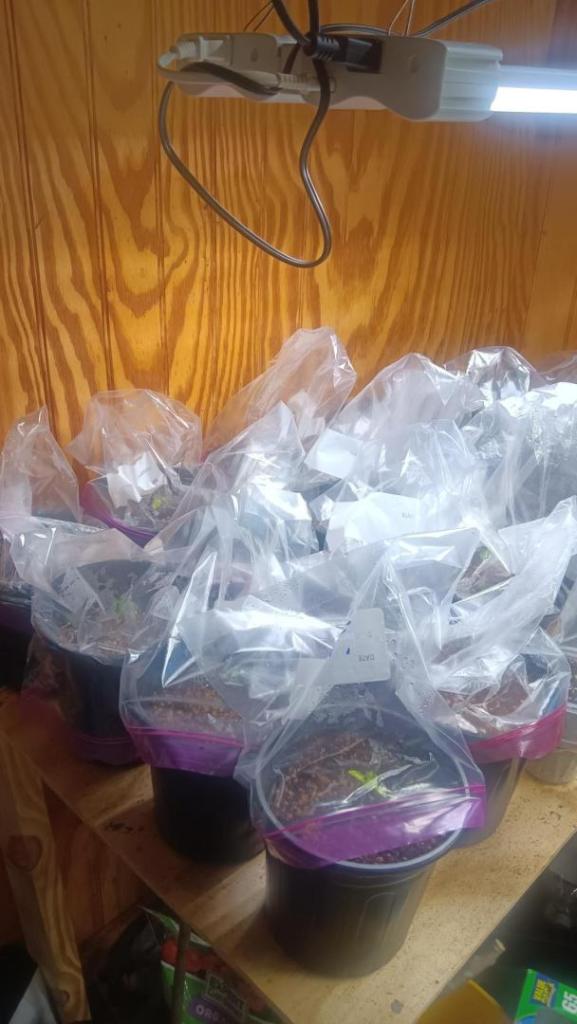







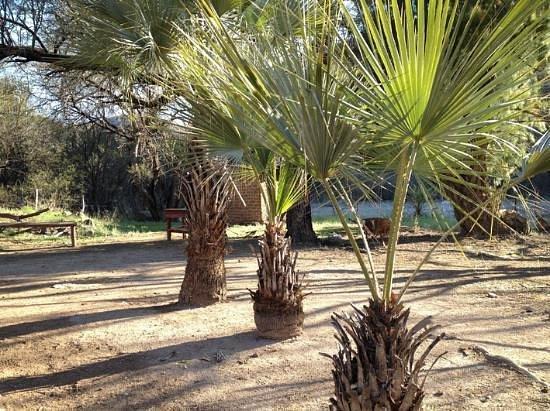
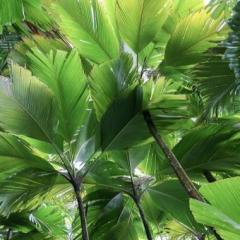
.jpg.0cf735c7525858af1582442942bc68e8.thumb.jpg.894f59a749fff01eb286c1fe4a50ab62.jpg)







